-

Ozone depletion far greater without Montreal Protocol, study shows
Media release26 May 2015A study out today shows the Antarctic Ozone Hole would be 40 per cent larger than it is today without controls introduced by the Montreal Protocol. -
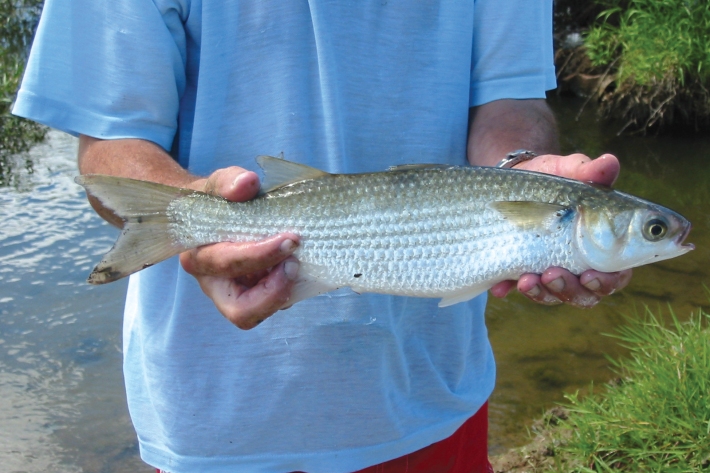
NIWA calls on citizen scientists for grey mullet survey
News article21 May 2015New Zealand’s leading freshwater and estuarine research body is harnessing the national curiosity about ecology to find out more about grey mullet. -
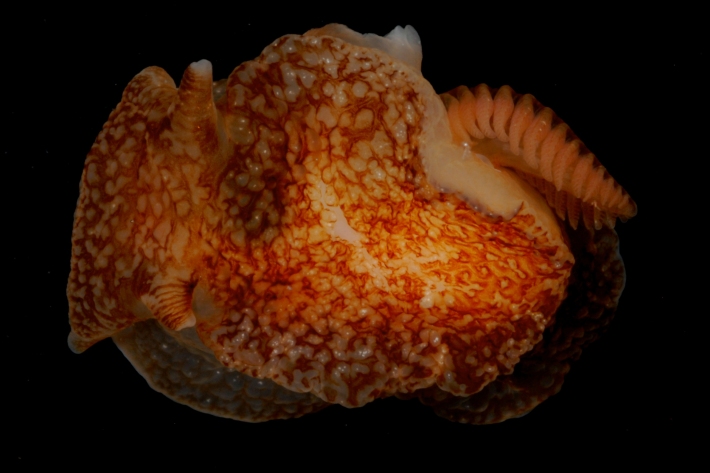
Critter of the Week: Pleurobranchea maculata, the side-gilled seaslug
The toxic grey side-gilled seaslug. -

Weather watchers provide invaluable service
News article20 May 2015For almost a century the Mason family of Feilding have been keeping a closer eye on the weather than most people. But now, at 94, Alan Mason is looking for a successor. -
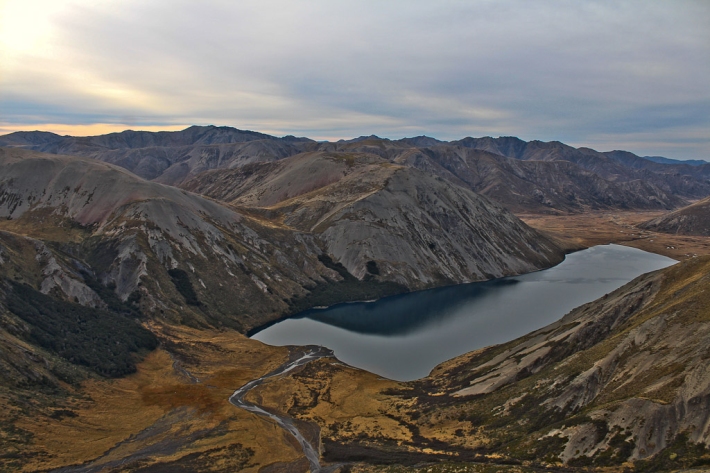
Palaeoclimate
NIWA conducts a wide range of paleoclimate research to help us define and understand what the climate was doing before we had instruments to record it. -
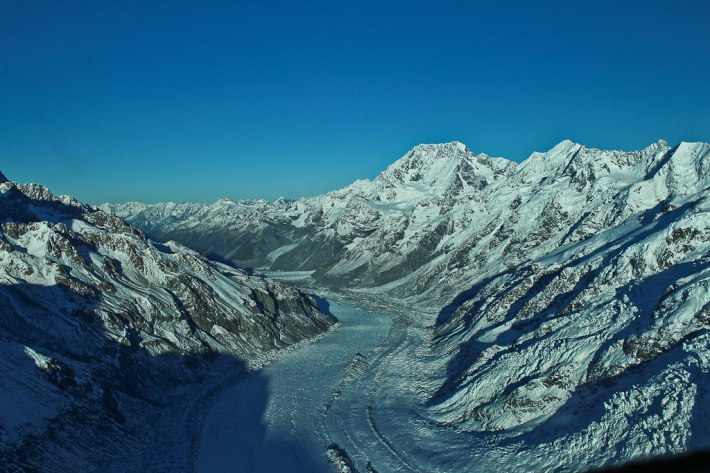
Southern Alps glaciers
Long-term photographic documentation of Southern Alps glacier responses to climate variability and change. -
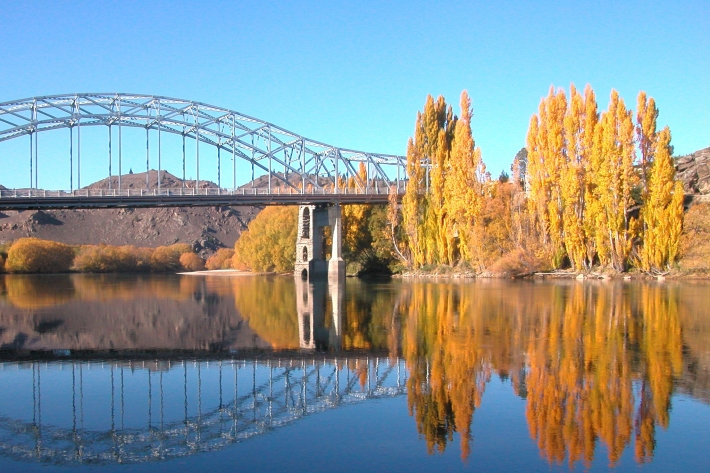
New Zealand climate
New Zealand climate research in Climate Present and Past focuses on trends, extremes, and variability of rainfall, temperature and atmospheric circulation. -
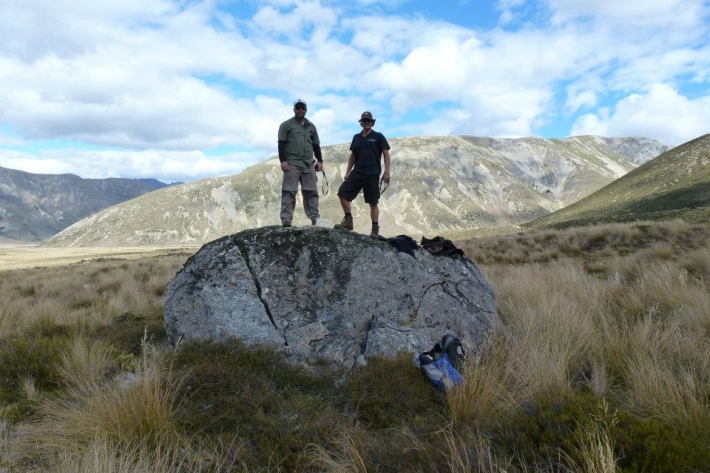
People
Key people involved in Climate Present & Past, including our external research partners. -
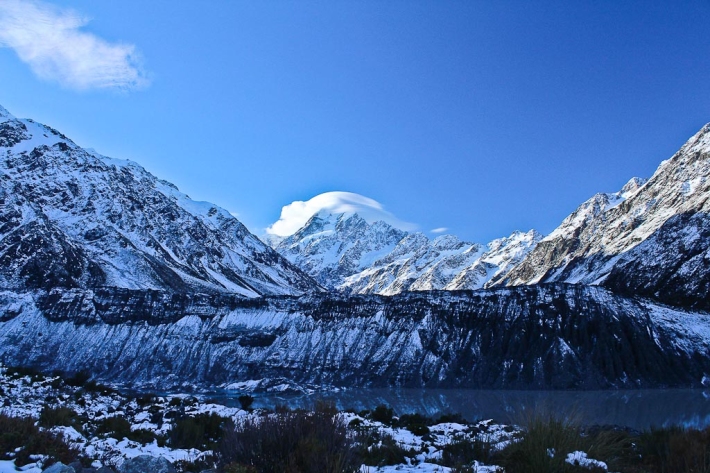
Outputs and accomplishments
Outputs and accomplishments partly or fully funded under the Climate Present and Past project in recent years. -

Wellington regional climatology publication released
News article13 May 2015NIWA's Climate Science Centre has released a Wellington regional climatology - "The Climate and Weather of Wellington". -
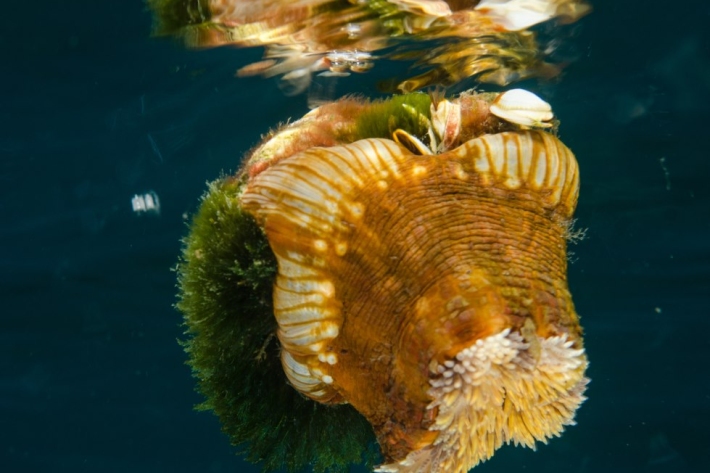
Critter of the week: Calliactis polypus – pumice hitchhiker
This week we look at Calliactis polypus anemone. Calliactis are commonly a symbiont living on the shells of hermit crabs, but it is known to attach to other objects, such as pumice. -
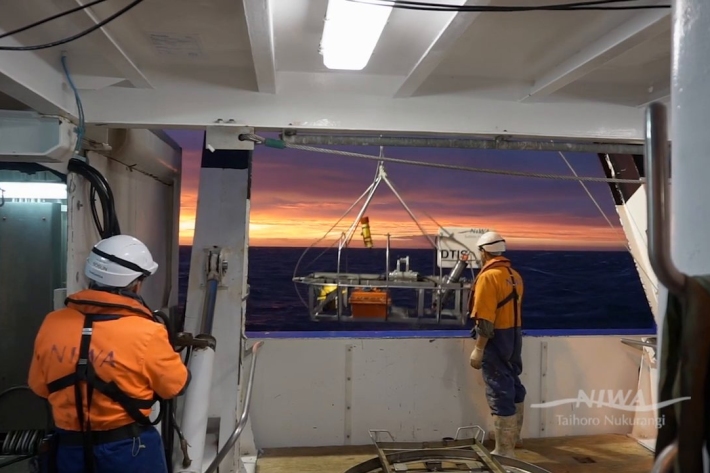
Gas flares on sea floor near Gisborne
A team of scientists led by Dr Joshu Mountjoy have been investigating an area of the sea floor near Gisborne. Gas flares were identified for the first time in 2014, and the team has now returned aboard RV Tangaroa to capture more data and video footage of the area.
